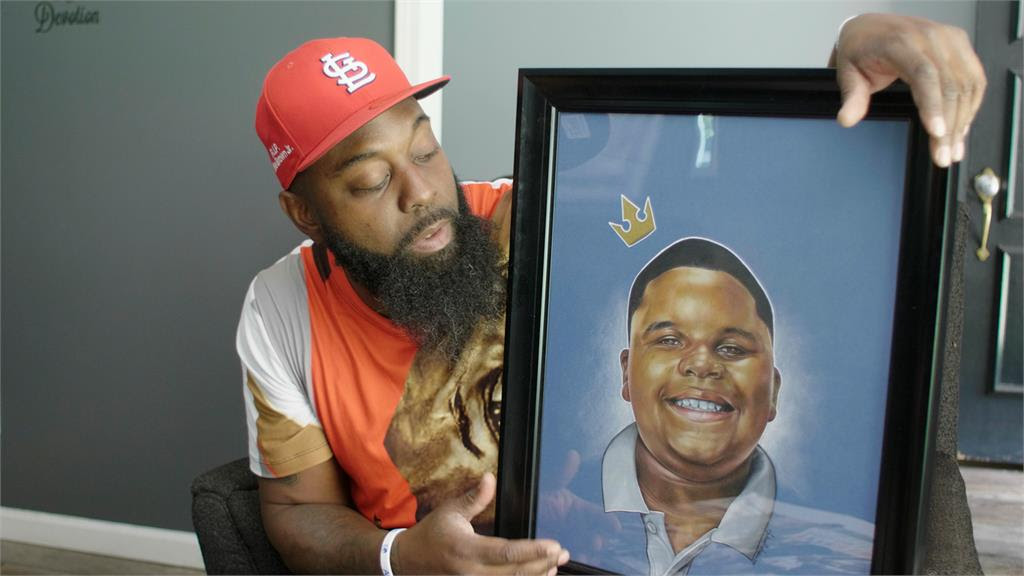The Burmese cultural troupe, along with Assamese dancers and performers, on December 5, jointly put up a show, sponsored by the Ministry of Development of North Eastern Region (DoNER). It was graced by the Assam Chief Minister Tarun Gogai.
In this one-of-a-kind show, the Burmese troupe showered the people of Assam with rich cultural variety, exquisite oriental music and striking bright costumes that created an unforgettable experience for the audience.
The evening’s show began with the Assamese traditional Ankiya Naat performed by a seven member troupe, depicting the episode of Kaliadaman, Kansha Badh and also Sita Swayamvar.
More programmes including the Bodo’s Tiwa Dance and the Bordoichila dance followed before the performers from neighbouring Burma, began to mesmerize the crowd with their enthralling and lively performance.
The cultural troupe, which paid a special visit to India’s North Eastern region, after having performed at the popular ‘Hornbill Festival’ in Nagaland, and visiting Manipur, showcased their last performance in Assam’s capital of Guwahati.
The show began with a traditional welcome dance where the performer usually submits to the audience with humility. Dressed in bright, colourful and princely yellow costume the dancer graced the crowd and gave them the idea that more is about to come.
Specialists in several basic dance moves and postures, the Burmese dancers stood apart chin up, chest out, knees bent in a strict rule to be followed in addition to a smile which is a specific requirement of the dance.
Instruments were predominantly inclusive of drums, boat-shaped harps, gongs and bamboo flutes.
After the first number, followed a maiden dance by a number of girls dressed in bright red costumes well synchronised with the rhythm and beat.
After the maiden dance, came a dance performance by the youths who performed the Makuta dance and also a very lively and invigorating solo dance called the ‘Royal Page Boy’ dance, which had energy and liveliness infused in it.
Another dance where the lover expressed his love to his beau and the Bagan dance, which can be traced back to the 11th century, were also performed with grace and energy. Guwahati (Mizzima) - It was an evening of cultural integration, an evening of colours when the divine Assamese culture was showcased along with the lively and invigorating tradition of Burma.
The Burmese cultural troupe, along with Assamese dancers and performers, on December 5, jointly put up a show, sponsored by the Ministry of Development of North Eastern Region (DoNER). It was graced by the Assam Chief Minister Tarun Gogai.
In this one-of-a-kind show, the Burmese troupe showered the people of Assam with rich cultural variety, exquisite oriental music and striking bright costumes that created an unforgettable experience for the audience.
The evening’s show began with the Assamese traditional Ankiya Naat performed by a seven member troupe, depicting the episode of Kaliadaman, Kansha Badh and also Sita Swayamvar.
More programmes including the Bodo’s Tiwa Dance and the Bordoichila dance followed before the performers from neighbouring Burma, began to mesmerize the crowd with their enthralling and lively performance.
The cultural troupe, which paid a special visit to India’s North Eastern region, after having performed at the popular ‘Hornbill Festival’ in Nagaland, and visiting Manipur, showcased their last performance in Assam’s capital of Guwahati.
The show began with a traditional welcome dance where the performer usually submits to the audience with humility. Dressed in bright, colourful and princely yellow costume the dancer graced the crowd and gave them the idea that more is about to come.
Specialists in several basic dance moves and postures, the Burmese dancers stood apart chin up, chest out, knees bent in a strict rule to be followed in addition to a smile which is a specific requirement of the dance.
Instruments were predominantly inclusive of drums, boat-shaped harps, gongs and bamboo flutes.
After the first number, followed a maiden dance by a number of girls dressed in bright red costumes well synchronised with the rhythm and beat.
After the maiden dance, came a dance performance by the youths who performed the Makuta dance and also a very lively and invigorating solo dance called the ‘Royal Page Boy’ dance, which had energy and liveliness infused in it.
Another dance where the lover expressed his love to his beau and the Bagan dance, which can be traced back to the 11th century, were also performed with grace and energy.
.png)







































.jpg)




























































